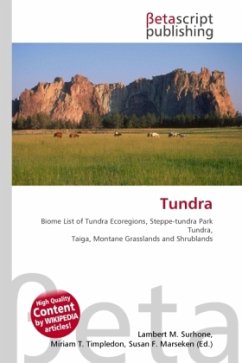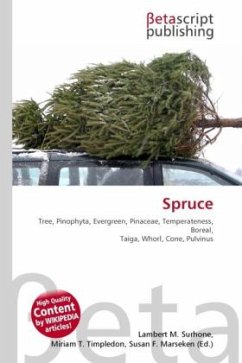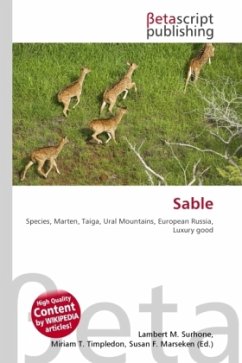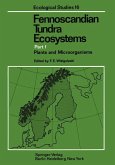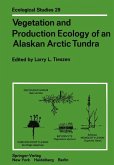High Quality Content by WIKIPEDIA articles! In physical geography, tundra is a biome where the tree growth is hindered by low temperatures and short growing seasons. The term tundra comes from Kildin Sami t?ndâr, which means "uplands, treeless mountain tract." There are three types of tundra: Arctic tundra, alpine tundra, and antarctic tundra In tundra, the vegetation is composed of dwarf shrubs, sedges and grasses, mosses, and lichens. Scattered trees grow in some tundra. The ecotone between the tundra and the forest is known as the tree line or timberline. Arctic tundra occurs in the far Northern Hemisphere, north of the taiga belt. The word "tundra" usually refers only to the areas where the subsoil is permafrost, or permanently frozen soil. Permafrost tundra includes vast areas of northern Russia and Canada. The polar tundra is home to several peoples who are mostly nomadic reindeer herders, such as the Nganasan and Nenets in the permafrost area.
Bitte wählen Sie Ihr Anliegen aus.
Rechnungen
Retourenschein anfordern
Bestellstatus
Storno

